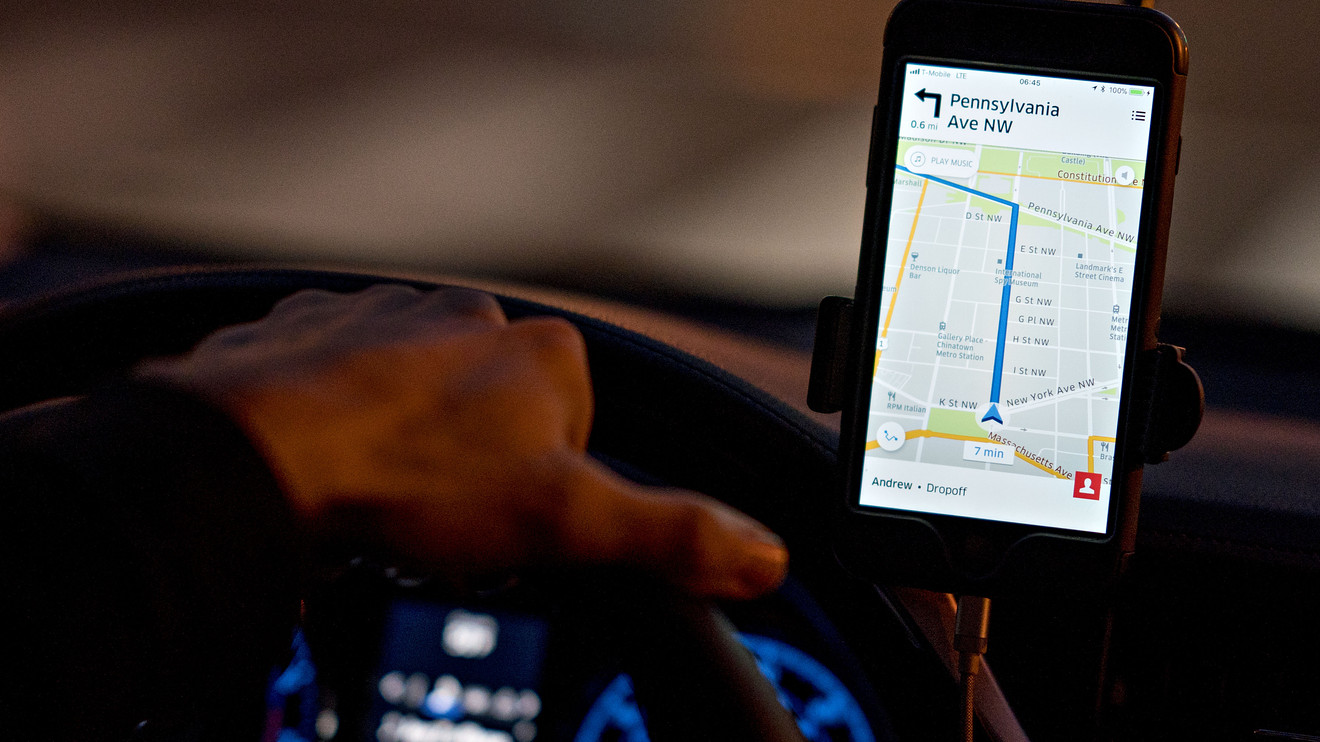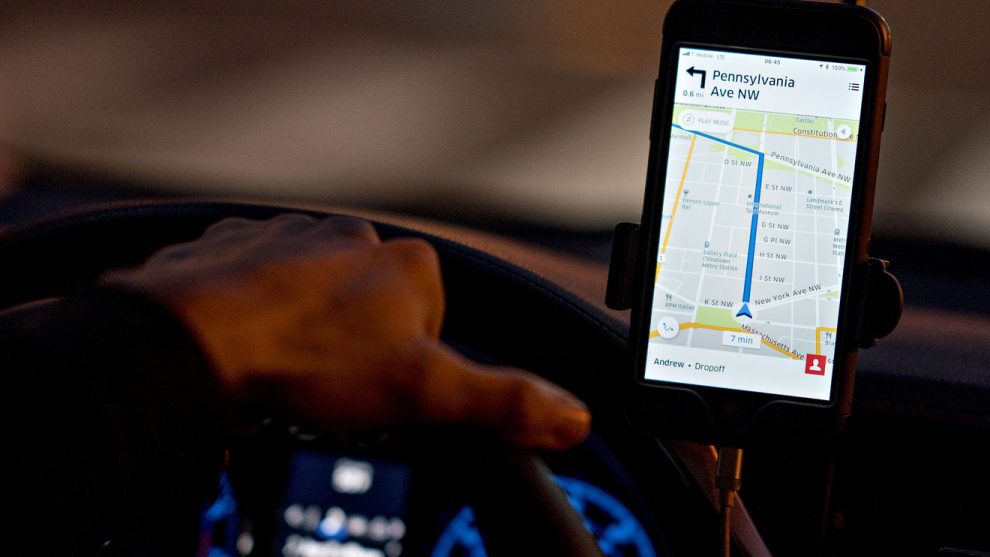
Uber Technologies Inc., like rival Lyft Inc., does not have a road to profitability unless it does one of two things: Get rid of drivers or raise prices.
Expect the ride-hailing giants to try to do both, now that Uber UBER, +0.00% and Lyft LYFT, +4.29% are public companies that will have to face Wall Street pressure every three months. But considering how long it may be before autonomous robotaxis are prevalent on our streets, price increases are much more likely, and may be largely hidden by the companies.
Uber, which priced its shares Thursday night and begins trading Friday morning, is the most anticipated Silicon Valley IPO since Facebook. And while many investors have been impressed by the sheer scale of its business compared to the size of rival Lyft’s — which is mostly in the U.S. and not yet as diversified — Uber’s losses are just as stunning. In 2018, Uber reported an operating loss of $3 billion on revenue of $11.3 billion, and its accumulated deficit reached nearly $8 billion at the end of last year. Uber said in its “roadshow” presentation that it expects Ebitda losses in 2019 to increase, as it continues to invest.
Both Uber and Lyft have been subsidized over the past decade and seven years, respectively, by venture capitalists and other private investors who have been willing to bet on the ride-hailing upstarts, and whose funding allowed the experiments to grow with low fares. But as public companies, that stage of their life ends now.
Also read: Uber IPO: 5 Things you need to know about potentially the biggest IPO in years
“Right now they are both in the mode of ‘let’s capture market share,’ and the bottom line is less important than capturing revenue and market-share growth, but once you become a public company and you have to release your earnings every quarter, people will be very closely monitoring your earnings,” said Reena Aggarwal, a professor of finance and director of the Center for Financial Markets and Policy at Georgetown’s McDonough School of Business. “There is going to be a lot of focus on that. They will have to raise prices, because of the pressures.”
Just one example of how this has played out in tech can be seen by looking at streaming media companies such as Netflix Inc. NFLX, -0.44% NFLX, -0.44% While Netflix was in the DVD rental business, it offered its customers the ability to stream video for free, along with their DVD subscriptions, as an experiment. As streaming started to take hold, Netflix began to charge for it, first with its ill-fated Qwikster effort, but then by separating the streaming business from DVD rentals.
One of the biggest pressures is Uber’s relationships with its drivers, who went on strike worldwide Wednesday to protest the company’s business model ahead of its IPO. The drivers argue that Uber’s business model enriches company executives at the expense of its low-paid drivers, who are contractors, and not full-time employees with benefits (this issue is at the heart of several lawsuits that seek to get drivers classified as employees). Uber offers incentives to drivers to join, hurting its bottom line even further, and rider discounts. In the company’s S1, it said it increased driver incentives and promotions in the first quarter to maintain its competitive market position, and noted that it expects its driver relations to get worse.
“As we aim to reduce driver incentives to improve our financial performance, we expect driver dissatisfaction will generally increase,” the company said. It also noted that as it continues to invest in self-driving cars, “it may add to driver dissatisfaction over time, as it may reduce the need for drivers.”
“Getting profitable by squeezing down costs is going to create even further problems, with the high turnover rate with drivers and challenge the new drivers so they can expand,” said Larry Mishel, distinguished fellow at the Economic Policy Institute in Washington. “There are huge contradictions at the heart of their business model.” Last year, Mishel worked on a study of Uber drivers and concluded that their W-2 equivalent hourly wage is less than what 90% of U.S. workers earn. “Our results indicate that Uber drivers earn low wages and compensation and the total hours and compensation in the gig economy represent a very small share of total hours and compensation in the overall economy,” Mishel’s study said.
Uber has not given any predictions on when it may be profitable, but some investors are counting on profitability when it has fleets of self-driving vehicles, which would eliminate some costs of paying drivers. But self-driving cars are still in the early stages and even when they are completely self-driving, Uber will still have expenses for the technology and possibly the cars themselves.
“The idea that they can wait until there are autonomous vehicles [before they become profitable] is foolish, we are many years away from that. It is not clear that Wall Street and investors are going to wait that many years for them to become profitable,” Mishel said.
EquityZen, a platform for employees to sell their private shares, has targeted 2023 for Uber to reach profitabilty, with the caveats that it hits a total gross bookings rate of $145.6 billion, revenue of $26.4 billion and gets its costs and expenses to a rate below its revenue, of around $26.2 billion. Uber’s cost of revenue is its biggest expense line item, which EquityZen analysts do not expect to decline much, as it continues to invests in growing services like Uber Freight and new mobility products.
“We expect Uber to be operating at a loss for at least the next few years, but believe investors should be more patient with Uber’s investments as its leadership position will help lead to better long-term competitive positioning,” said Wedbush Securities analysts Ygal Arounian and Dan Ives, in a note last week initiating coverage of Uber.
This week, Lyft’s first quarterly results removed the bookings revenue from its financials, a move that investors attending the company’s roadshow had been alerted to. Nonetheless, the move takes away necessary data and could make price hikes harder to spot. In its roadshow video, Uber did not say whether it will continue to provide that data, but Ives believes the company will.
“Bookings and take rates are key for investors, and we continue to believe that Uber will be transparent in terms of metrics and growth numbers,” Ives said in an email Thursday. “Lyft dropped the ball by not giving those metrics and Uber should learn from those mistakes.”
Both companies have put themselves in a tough spot. Their business models are far from profitable, and there is only one sure way to get there. But raising prices for consumers could have a real impact on ride volume, and make them less competitive against taxis in urban markets. Either way, Uber’s IPO is a tough sell for investors, with a long and uncertain path to profitability.
Want this type of analysis sent to your inbox? Subscribe to MarketWatch’s free MarketWatch First Takes newsletter. Sign up here.






